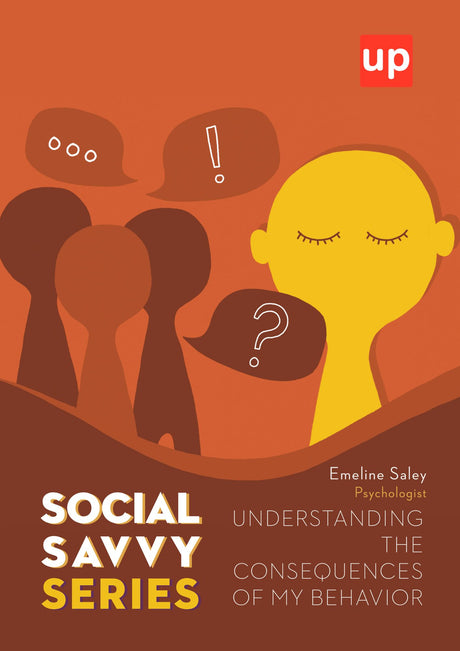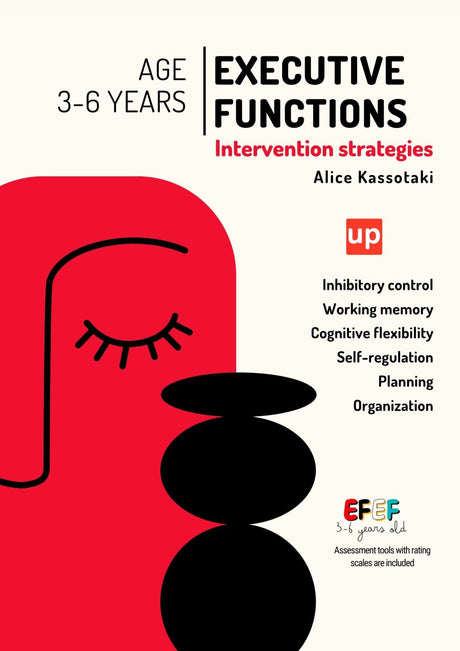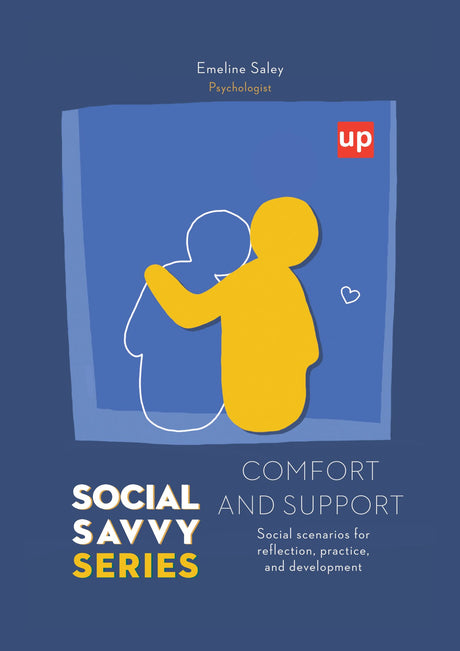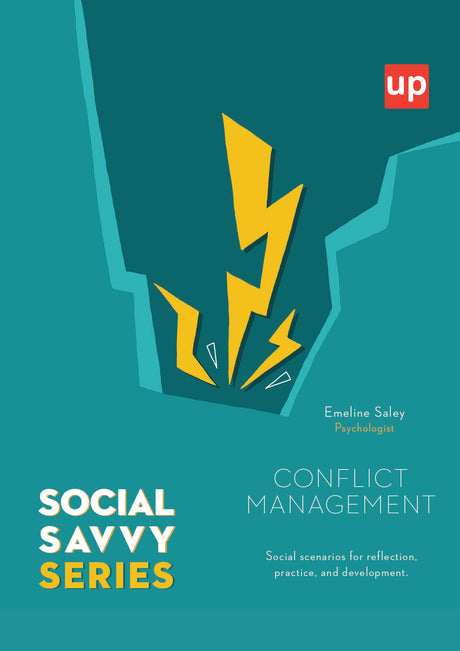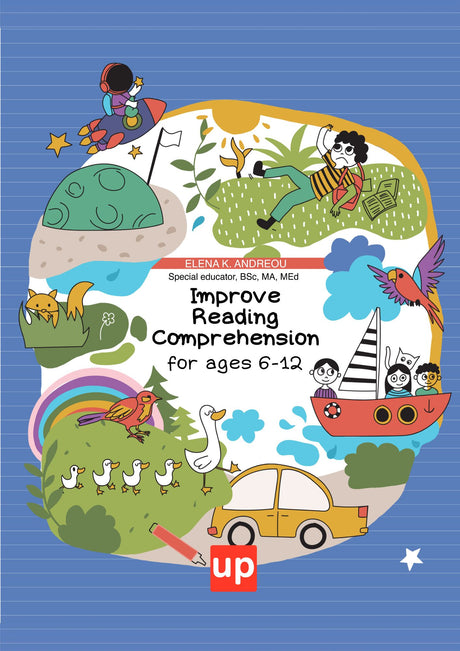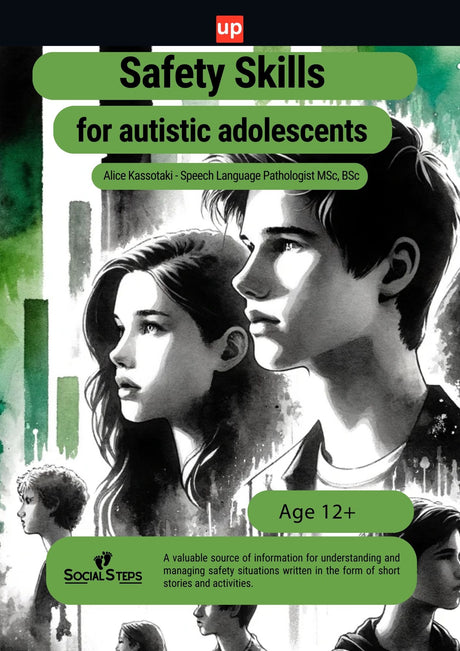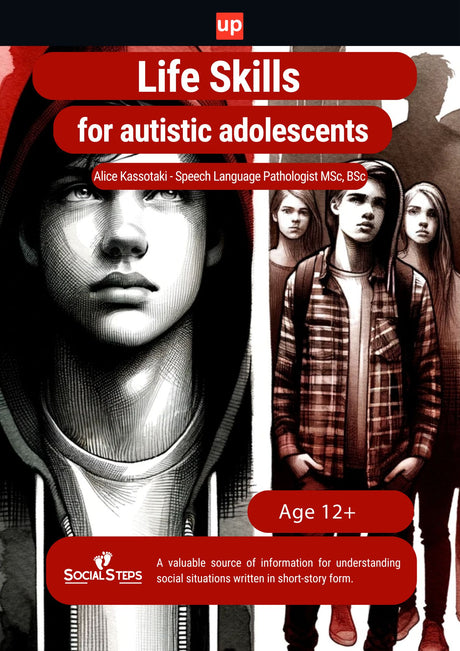Need effective social skills activities for autism? You’re in the right place. This article covers 15 activities designed to help children with autism develop better social interaction skills. From games and role-playing to emotion recognition, find practical methods to support your child’s social growth.
Key Takeaways
- Structured social skills activities are crucial for helping children with autism improve their communication and emotional management.
- Interactive games and role-playing scenarios make learning social skills enjoyable and effective, fostering creativity and collaboration.
- Integrating visual supports and daily routines into social skills training enhances understanding and consistency for children with autism.
Understanding Social Skills and Autism

Social skills are essential for daily life and interactions, especially for children with autism. These skills include both verbal and non-verbal methods like body language, facial expressions, and tone of voice, which are vital for effective interactions. Children with autism often struggle to recognize social cues, making specialized training in language skills crucial.
Autistic children face challenges in both verbal and non-verbal communication, which can make social interactions difficult. Developing social skills can aid in enhancing academic performance and mental health for children with autism spectrum disorder. Autism involves structured social skills training, customized to address the individual needs of each child, providing the necessary capabilities for building and maintaining relationships.
Social skills groups offer a supportive environment where autistic children can practice and enhance their social interactions. This practice is crucial for helping them understand social norms and become more adept at navigating social situations. Honing these skills enables children with autism to lead more engaged and fulfilling lives.
Role of Social Skills Activities in Autism Development

Social interaction activities are designed to help children with autism develop effective interaction skills, making it easier for them to communicate and connect with others. Direct instruction paired with practical experiences helps individuals with autism develop important social behaviors. These activities not only enhance communication but also improve emotional management and social interactions.
Participating in structured social skills groups allows children with autism to practice their skills with peers in a supportive environment. Participating in social skills activities helps these children learn to interact in various social contexts. The goal of these training resources is to help children with autism lead more engaged and inclusive lives, providing an autism benefit.
Meaningful social interaction begins with consistent, tailored social communication activities. Through these structured activities, children with autism develop the skills needed to navigate social situations with greater ease and confidence.
Interactive Games to Enhance Social Interaction Skills

Interactive games can significantly enhance social interaction skills for children with autism, making learning enjoyable and engaging. Options for these games include role-playing, turn-taking games, and conflict-resolution activities. These activities help children practice abstract social skills through creative and engaging methods.
Games like Simon Says can develop skills such as self-control, listening, and impulse control. Engaging activities like the Hula hoop boundaries can teach children about personal space, enhancing their social understanding.
Balancing challenging and enjoyable tasks helps maintain engagement during skills practice. Fun activities like the Name Game encourage peer interaction and help children get to know each other better.
1. Eye Contact Games
Eye contact games are a fun and effective way to improve social interaction skills. A staring contest encourages players to make and maintain eye contact, often a challenge for children with autism.
Participating in a staring contest nurtures attention and active listening, key components of effective communication.
2. Turn-Taking Games
Turn-taking games teach children the importance of sharing and cooperation. Activities like kicking a ball can be a fun way to practice this skill as children take turns while playing.
Improvisational stories also engage children in turn-taking by allowing them to build a narrative together, fostering creativity and collaboration.
Emotion Recognition Activities

Emotion recognition activities help children identify and express their feelings, significantly enhancing their emotional literacy. For example, emotion cards can represent various feelings, aiding children in articulating their emotions effectively. These activities facilitate discussions about feelings, enhancing children’s emotional vocabulary.
Using simple props like stuffed animals in these activities can help children understand behaviors and learn to express their feelings. Playing alongside children demonstrates imaginative scenarios, a key method for teaching them abstract social skills, including sharing toys.
‘Touch and Learn - Emotions’ is another effective tool that helps kids connect emotions to verbal descriptions.
3. Emotion Cards
Emotion cards are visual tools used to help children identify and express different feelings. These cards depict a variety of emotions through facial expressions and descriptive words, facilitating emotional recognition and improving children’s emotional literacy.
Parents and educators can incorporate emotion cards into daily routines by discussing the emotions displayed and prompting children to share their own feelings.
4. Emotion Charades
Emotion Charades is a fun and engaging way to teach children to recognize and act out different emotions. This game involves players taking turns acting out various emotions, helping children learn to read facial expressions and interpret body language.
By improving these skills, children with social challenges can enhance their ability to navigate social interactions effectively, even in challenging situations.
Role-Playing Scenarios
Role-playing scenarios offer children with autism a safe and structured environment to practice vital social skills like initiating conversations and understanding turn-taking. These activities increase understanding of social norms and appropriate responses, which is crucial for successful social interactions. By rehearsing various role play scenarios, children can gain confidence and learn to navigate interactions more effectively.
Incorporating role-playing scenarios into daily routines helps children practice social interactions in a familiar context. ABA techniques often utilize role-playing to model and practice appropriate interactions, making it a valuable tool for social skills development.
5. Real-Life Role Play
Real-life role play involves practicing social interactions in real life settings. An example is ordering at a restaurant, which helps children understand the social norms involved in dining out. Through role play, children can recognize behaviors and communicate feelings effectively with others, enhancing their social interaction skills.
6. Imaginative Role Play
Imaginative role play is essential for children with autism as it fosters creativity and helps them navigate social interactions. Children engage in pretend play to learn how to recognize and respond to emotions. This practice also helps them de-escalate situations and adapt to new environments.
Engaging alongside the child using toys can demonstrate how to create play scenarios, making learning engaging and effective, helping the child learn.
Visual Supports for Social Skills

Visual supports are invaluable for enhancing social skills development in supporting children with autism. Many kids with autism are visual learners, making visual aids particularly beneficial for their learning and comprehension.
Some examples of visual supports include:
- Charts
- Pictures
- Symbols
- Physical objects
These tools improve alternative communication, understanding, and engagement in social scenarios.
Examples of visual supports include visual schedules, communication boards, and social stories, which help children with autism navigate interactions more effectively. Using visual elements in social stories can enhance understanding for children who respond better to images. Providing clear expectations using visual aids can also enhance the effectiveness of positive reinforcement.
Group Activities for Social Skills Development
Group activities are excellent for enhancing peer relationships and facilitating social understanding among children with autism. Games that involve collaboration can significantly boost a child’s ability to empathize and understand others’ perspectives. Cooperative board games, for example, encourage teamwork by having players collaborate towards a common goal instead of competing against each other.
Group activities in ABA therapy allow children to engage in peer modeling and learn from peers.
Offering choices within set parameters empowers individuals and helps maintain their interest in specific subjects at a developmental level in a meaningful way and provide guidance.
The skills developed during scavenger hunts include:
- teamwork
- organization
- positive decision-making
- creative problem-solving
7. Cooperative Play
Structured play activities set the stage for children to engage cooperatively, enhancing their ability to work in teams. These activities help improve negotiation and problem-solving skills, fostering positive social interactions and strengthening friendships among children.
8. Group Storytelling
Group storytelling is an engaging way to enhance communication skills among children with autism. Storytelling exercises foster creativity and encourage children to listen and respond to others effectively.
Through group storytelling, many children learn to actively participate in conversations, significantly improving their social interaction skills.
9. Sensory-Friendly Social Activities
Engaging in sensory-friendly social activities can be incredibly beneficial for children with autism. Balloon paint stamping offers a fun, multi-sensory art experience that engages children while developing their social skills. Creating ‘glowing’ water using ground vitamin pills can stimulate visual and sensory curiosity, making learning engaging.
The ‘spider web walk’ activity helps improve balance and coordination while being fun for children. Activities like colored beans and rainbow ice excavation can enhance sensory experiences, improving motor skills while providing enjoyable experiences for autistic children.
10. Digital Tools for Social Skills Practice
Digital tools and apps can be excellent resources for practicing conversation skills in a controlled environment. Games that encourage cooperative play, decision-making based on social cues, or simulate social scenarios are ideal for teaching social skills. Apps like ‘ConversationBuilder’ help children practice social exchanges through themed scripts, enhancing their conversation skills.
‘Stories in Motion’ uses comic-style storytelling to help children with autism understand social nuances, providing a fun platform for learning. These digital games cover important aspects of social learning, including social skills, emotional understanding, and communication. Incorporating peers or siblings into the gameplay can further enhance social interaction.
11. Emotional Regulation Techniques
Recognizing and addressing emotional triggers is crucial for understanding and managing negative emotions in children with autism. A calming space at home gives children a safe environment to practice emotional regulation. Mindfulness techniques help children focus on the present and manage emotions effectively.
Using tools like The Mood Meter encourages children to reflect on and manage their emotions. Including tactile items like fidget tools in a calm down kit can aid children in self-regulating.
Consistent practice, patience, and positive reinforcement are key factors in developing emotional regulation skills and self regulation. Engaging in physical activities like exercise can also significantly aid in managing emotions and emotional dysregulation.
12. Social Stories for Autism
Social Stories are short, descriptive stories about social situations that help children with autism understand and navigate complex social cues. By using everyday situations, such as ordering at a restaurant, Social Stories provide practical context for developing conversation skills. Tailoring these stories to individual experiences makes them relatable and engaging for each child.
Visual tools included in Social Stories assist children with autism in understanding social cues and expectations. Implementing a Social Story involves identifying the social situation, writing the story, customizing the content, reading together, and practicing the scenario.
Websites like Autism Parenting Magazine offer free Social Stories as resources for parents and educators.
13. Board Games for Social Skills
Board games can greatly benefit children with autism. They help in developing essential skills like communication, cooperation, and emotional regulation. These games teach children to take turns, understand others’ perspectives, and manage their reactions to winning and losing. Structured games require children to follow rules, enhancing their understanding of social norms.
Playing board games helps children practice using manners and engaging positively with their opponents, key aspects of social interaction. Board games create a safe and structured environment for autistic children, allowing them to practice social skills in a relaxed setting.
Implementing social skills board games as a social skills activity provides fun and educational experiences that build self esteem and confidence.
14. Daily Routine Integration
Integrating social skills activities into a daily routine fosters effective communication and interaction. Routines provide a sense of safety and help prepare children with autism for transitions.
Consistency and integration into daily routines enhance the effectiveness of social communication activities through a consistent routine, allowing individuals to communicate effectively in their everyday life.
15. Applied Behavior Analysis (ABA) Techniques
Applied Behavior Analysis (ABA) techniques break down complex social skills into smaller, manageable tasks to facilitate learning. Structured learning environments in ABA therapy minimize distractions, helping children focus on social skills. ABA is a systematic method used to teach and reinforce social skills in children.
ABA techniques effectively reinforce the learning of social skills through consistent practice.
Upbility offers a range of resources designed to support the development of social skills in children with autism. Their comprehensive materials include digital books and activity guides that focus on enhancing communication, emotional regulation, and social interaction skills. By providing structured lesson plans and engaging activities, Upbility helps parents and educators create a supportive environment where children can practice and improve their social abilities in a meaningful way. These resources are tailored to meet the individual needs of each child, ensuring effective learning and growth.
Summary
In conclusion, developing social skills in children with autism requires a multifaceted approach that includes interactive games, emotion recognition activities, role-playing scenarios, visual supports, group activities, sensory-friendly experiences, digital tools, and positive reinforcement strategies. By integrating these techniques into daily routines and using ABA methods, parents and educators can create supportive environments that foster social interactions and communication. Remember, patience and consistency are key to helping children with autism thrive socially.
Original content from the Upbility writing team. Reproducing this article, in whole or in part, without credit to the publisher is prohibited.
Frequently Asked Questions
How can I help my child with autism develop social skills?
By incorporating interactive games and role-playing into your child's daily routine, you can significantly boost their social skills. Remember to use positive reinforcement to celebrate their progress and motivate further development!
What are some effective emotion recognition activities for children with autism?
Incorporating emotion cards and playing emotion charades can be incredibly effective for helping children with autism recognize and express feelings. These engaging activities not only build emotional literacy but also foster understanding of both personal and others' emotions, empowering them in social situations!
How can digital tools help in practicing social skills?
Digital tools like 'Conversation Builder' and 'Stories in Motion' create safe spaces for practicing social skills, allowing you to grasp social cues and enhance your conversation abilities. Embrace these interactive resources to boost your confidence and build meaningful connections!
What role do visual supports play in social skills development?
Visual supports are essential in developing social skills, as they simplify complex social situations for children with autism. By using tools like charts and social stories, you can significantly enhance their communication and understanding, paving the way for more successful interactions.
Why are daily routines important for social skills development?
Daily routines are crucial for developing social skills as they create a safe environment and provide structured opportunities for practice and reinforcement. By integrating social activities into these routines, children can seamlessly build their confidence and abilities.
References
-
Attwood, T. (2007). The Complete Guide to Asperger's Syndrome. Jessica Kingsley Publishers.
-
Baker, J. (2003). Social Skills Training for Children and Adolescents with Asperger Syndrome and Social-Communication Problems. Autism Asperger Publishing Company.
-
Gray, C. (2010). The New Social Story Book. Future Horizons.
-
Koegel, L. K., & LaZebnik, C. (2004). Overcoming Autism: Finding the Answers, Strategies, and Hope That Can Transform a Child's Life. Penguin Books.
-
Myles, B. S., & Southwick, J. (2005). Asperger Syndrome and Difficult Moments: Practical Solutions for Tantrums, Rage, and Meltdowns. Autism Asperger Publishing Company.
-
Quill, K. A. (2000). Do-Watch-Listen-Say: Social and Communication Intervention for Children with Autism. Brookes Publishing Company.
-
Smith, T., & Iadarola, S. (2015). Evidence Base Update for Autism Spectrum Disorder. Journal of Clinical Child & Adolescent Psychology, 44(6), 897-922.
-
VCU Autism Center for Education. (n.d.). Social Skills and Autism. Retrieved from https://vcuautismcenter.org/resources/


